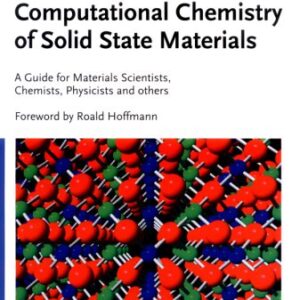Provided here is a collective source of data covering the actual uses of amphiphilic organized media in analytical chemistry and an explanation of the mechanisms by which these systems exert their different functions in each analytical scheme.The volume has been organized into two parts. The first part, consisting of three chapters, describes the structural features and properties of amphiphilic aggregates and the analysis of the interactions between analytes and these assemblies. Attention is focussed on the distribution and location of solutes within the different regions of the microheterogeneous media, and on the observed effects on chemical equilibria, kinetics and molecular properties of substrates. The second part, comprising five chapters, centers on the applications of amphiphilic systems in specific analytical techniques, such as spectroscopy, chromatography, electroanalysis, etc. The role of surfactant aggregates is examined in the light of existing theories and models, and performances are compared with those obtained with traditional methods. The potential interest of some recently developed surfactant-based separations, such as extractions with reversed micelles or micellar-enhanced ultrafiltration, in biotechnology and pollution control is also underlined. Finally, the need for new functionalized surfactants, designed specifically for the novel analytical applications is considered, e.g. the preparation of chelating micelles obtained from suitable amphiphilic ligands and their performances as extracting systems for metal ions are described.Researchers working on the applications of surfactants in environmental chemistry and biotechnology and organic and physicalchemists concerned with reactivity and synthesis in organized media will find this a valuable text

![[PDF] Pramauro E., Pelizetti E.](https://pdfelite.com/wp-content/uploads/2024/04/2DCBF1ACEAA7DB4A5D507F20AD06B2AF-g.jpg)




Reviews
There are no reviews yet.